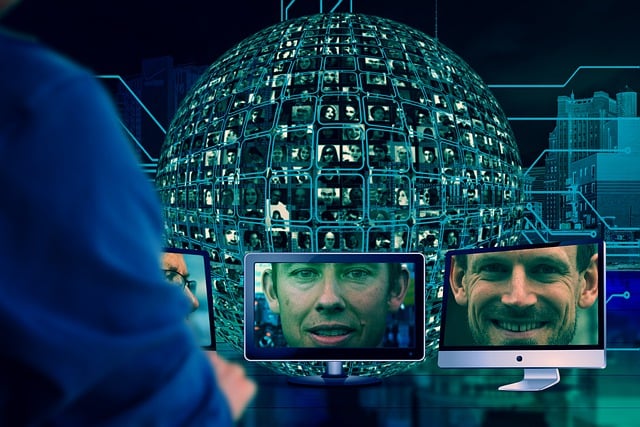Numerous discussions take place among individuals on a daily basis. Every instance when you pause to converse with your mail carrier or unexpectedly encounter a familiar face at the nearby cafe, your brain orchestrates a complex dance of neural processes within the areas responsible for managing social interactions. Interestingly, scholars affiliated with Yale University have identified disparities in brain activity between individuals engaged in virtual conversations via platforms like Zoom.
Neural signalling reduce during online interactions
To be more precise, Yale neuroscientist Joy Hirsch’s research findings reveal a significant reduction in neural signalling during online interactions in contrast to the neural activity observed in individuals engaged in in-person conversations.
Dr. Hirsch, Elizabeth Mears and House Jameson Professor of Psychiatry and senior study author said that they discovered that the neural networks associated with human social interactions exhibit greater activity during face-to-face, in-person meetings compared to virtual Zoom interactions. Interestingly, from the study it is evident that Zoom represents a less robust platform for social communication when juxtaposed with traditional in-person interactions.
Social interactions are fundamental to human societies and our craving for social activity is deeply rooted in our nature. Human brains are finely tuned to interpret facial cues during face-to-face encounters, the main source of social information. While previous studies have used brain imaging to monitor individual responses during interactions, Professor Hirsch’s lab developed unique neuroimaging technologies for real-time analysis of interactions between two individuals in natural settings.
Increased neural activity linked to longer gaze
In this study, the research team recorded neural responses in individuals engaged in both live, two-person interactions and two-person conversations on popular video conferencing platform Zoom. The research revealed that neural signaling was significantly weaker on Zoom compared to in-person conversations. Increased neural activity observed in face-to-face conversations was linked to longer gaze times and larger pupil diameters, indicating heightened arousal in both participants. Additionally, stronger EEG activity during interactions was indicative of enhanced face processing abilities.
The study authors discovered enhanced neural synchronization in the brains of people engaged in face-to-face conversations, signifying heightened exchange of social cues between interacting individuals.


